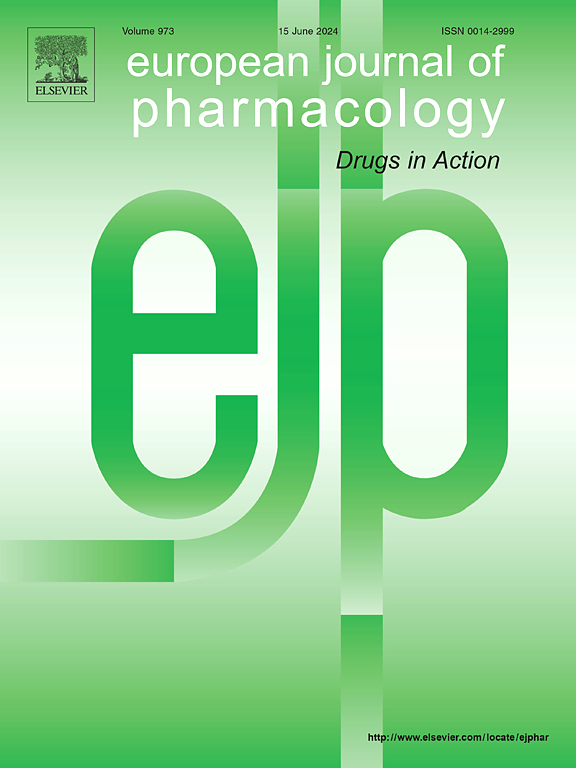Biostability, in vivo antiviral activity against respiratory syncytial virus, and pharmacokinetic profiles of (−)-borneol esters
IF 4.2
3区 医学
Q1 PHARMACOLOGY & PHARMACY
引用次数: 0
Abstract
Respiratory syncytial virus (RSV) is a leading cause of severe lower respiratory tract infections, particularly in vulnerable populations such as infants and the elderly. In this study, we evaluated the metabolic stability, in vivo antiviral activity, and pharmacokinetic profiles of (−)-borneol esters, which were identified as potent RSV inhibitors through screening of a compound library. Two hit compounds, ST-2 and AS-645, caused a reduction in viral titers in RSV-infected mice. Intranasal administration of ST-2 proved more effective than oral one and showed enhanced antiviral activity and improved pharmacokinetic properties. Additionally, ST-2 manifested superior metabolic stability in human blood compared to murine and rat blood, suggesting that carboxylesterase activity is a key factor in the hydrolysis resistance. Given that carboxylesterase activity is higher in mouse blood than in human blood, this difference likely contributes to the observed stability of ST-2 in human blood. Molecular modeling confirmed the role of carboxylesterase in the hydrolysis of (−)-borneol esters. These findings suggest that ST-2 has potential for further development of drugs for RSV and other viral infections.
求助全文
约1分钟内获得全文
求助全文
来源期刊
CiteScore
9.00
自引率
0.00%
发文量
572
审稿时长
34 days
期刊介绍:
The European Journal of Pharmacology publishes research papers covering all aspects of experimental pharmacology with focus on the mechanism of action of structurally identified compounds affecting biological systems.
The scope includes:
Behavioural pharmacology
Neuropharmacology and analgesia
Cardiovascular pharmacology
Pulmonary, gastrointestinal and urogenital pharmacology
Endocrine pharmacology
Immunopharmacology and inflammation
Molecular and cellular pharmacology
Regenerative pharmacology
Biologicals and biotherapeutics
Translational pharmacology
Nutriceutical pharmacology.

 求助内容:
求助内容: 应助结果提醒方式:
应助结果提醒方式:


